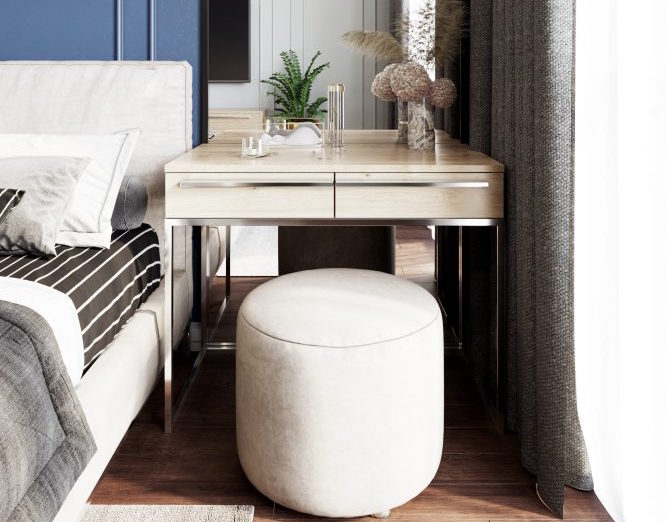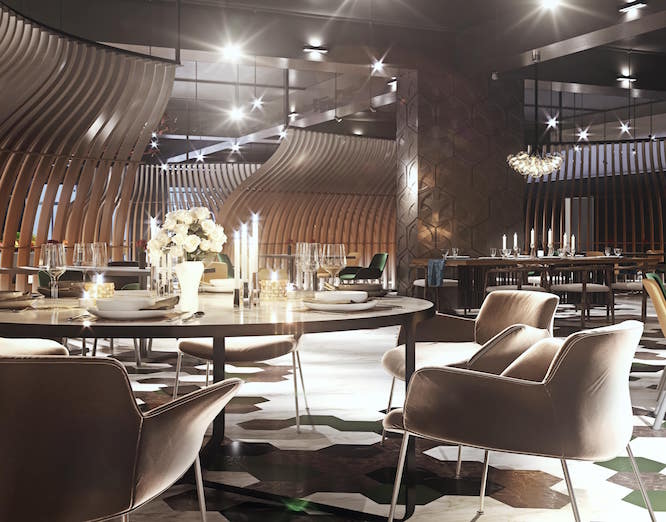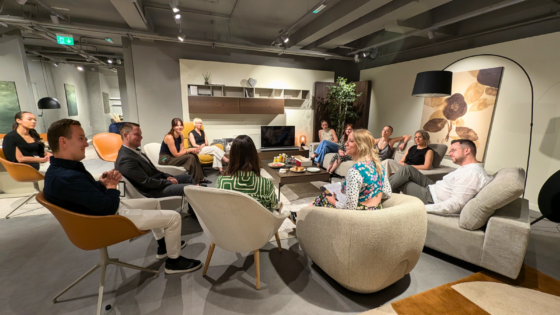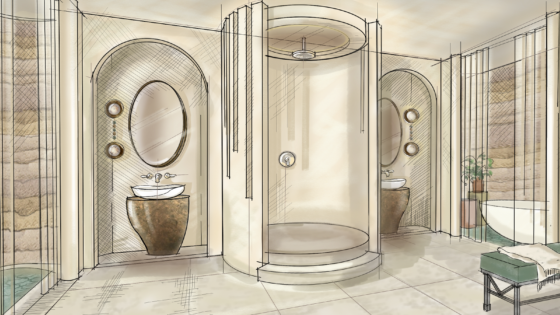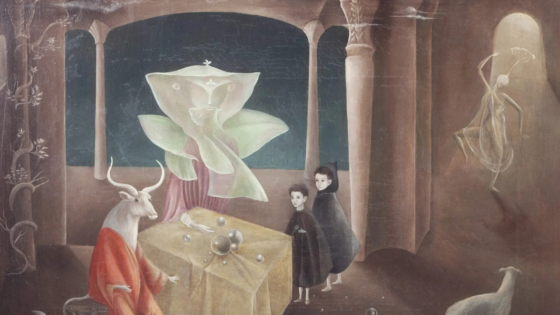CGI renderings have eliminated many boundaries for the hotel design community. As designers and architects work on the planning stages of projects during the pandemic, 3D architectural and visualisation company North Made Studio explains how software development has taken CGI into new a creative territory…
Thinking up an interior design can be simple. A gifted creative can generate an idea for an interesting and engaging interior space. Drawing on their knowledge and experience to envisage something special.

However, communicating this interior design concept, and how it will fit within the confines of the property, can be a big challenge.
Thankfully, over the years, CGI has come into the mix. In the early development, it allowed interior designers and fit-out firms to create a rough approximation of how the space will look. Giving peace-of-mind to the client, putting them at ease about pressing ahead on an interior project.
10 years ago, the CGI industry would assist with producing basic 3D models of an interior space. Since then the software has improved greatly. Now a rough 3D ‘sketch’ can be generated by anyone with a basic level of computer skills and the dimensions of the space.
These software developments have pushed the CGI sector to offer something with significantly more value. Photo-realistic 3D renders.
3D renders, or visualisations are now produced to not only provide an accurate model of the interior space (and all of its suggested interior design elements), but also to go further and showcase the interior design ideas, communicating them to the client visually. Allowing viewers to experience them as if they were looking at a photograph of a physically constructed space.
- Image credit: North Made Studio
- Image credit: North Made Studio
Offer variety and be more competitive
The beauty of CGI is that is can be edited when required. Modifications can be made to change colour scheme, materials, surface finishes, furniture, light fixtures, etc.
All design aspects can be changed, but the shell of the interior space can remain the same. Interior designers can offer a selection of design ideas to their client, giving them the ability to test out ideas and produce live market research.
CGI also allows interior designers to be more competitive. The industry is growing and as it is relatively unregulated, anyone can claim to be an interior designer. Ensuring an interior design stands out from the crowd can be greatly helped by producing high quality CGI visualisations that will ‘wow’ the client. Producing a higher level of engagement and creating a design that is memorable.
Adding value to interior design
The ability to visualise an interior design accurately allows for so much more added value.
For the client, there are no major surprises. All the main elements of the interior design can be focused on within the CG imagery. If certain aspects are not to their taste, these can be changed prior to anything be made or installed physically.
As a tool for interior designers, high-quality interior visualisations are a guarantee of a happy client. Your idea can be fully visualised and communicated. With the ability to edit it to suit any issues the client picks out.
CGI visualisations are made accurately and correct to scale. Meaning errors can be minimised and the CGI space can be utilised to produce plans to assist with the construction/fit-out phase of a project.
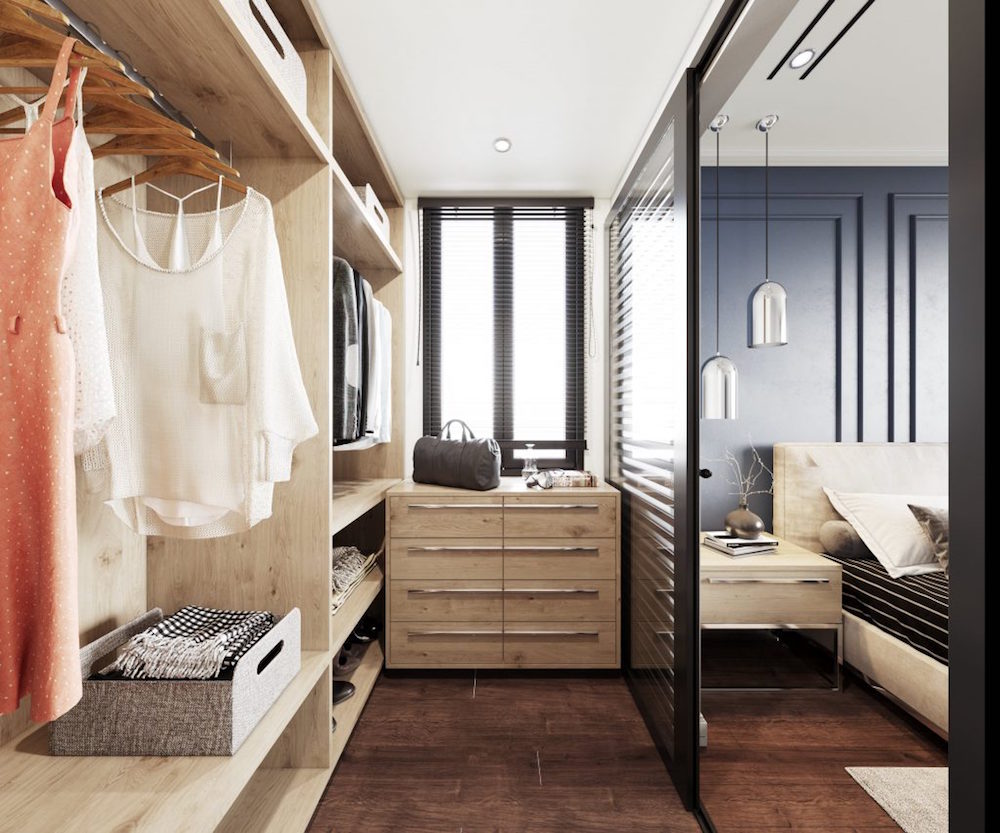
Image credit: North Made Studio
Boost marketing and engagement
Still CG images are the norm for the interior design sector as a whole, looking back to the earliest stages of modern interior design, hand-drawn sketches and technical drawings were standard. CGI has continued this approach on the whole, building on it to blur the lines between the real and virtual world, by increasing quality and realism within the CG images.
However, over the last 10 years the capabilities of CGI software, the visualisers, and the techniques used, have allowed for new ways of visualising an interior design to be implemented.

Image credit: North Made Studio
CGI Animation within interior design
Animations can transform a single view of a space into a video that explores all aspects of the interior design. Allowing a singular piece of media to display all key aspects of the interior design. The CGI animation also benefits from being very shareable. Once uploaded online, it can be posted to social media sites, shared, reposted, liked, etc. Allowing from a greater amount of engagement with the viewer.
Explore an interior design with Virtual Reality
Another form of CGI that has allowed clients and viewers to engage much more with interior designs, are CGI Virtual Reality tours.
These come in many shapes and sizes, the most prevalent currently is the 360-degree panoramic view. This allows viewers to look at the interior design CGI in 360 degrees, exploring all aspects, but gives them control of the movement.
Allowing the user to dictate what aspect to view in real-time. Again, the sharable features of the VR are embedded within the product. And with the interactively features included, the 360 panoramic CGI views are hugely engaging and a very impressive marketing tool.
What’s next for CGI within interior design?
With rapid improvements in software and techniques it is hard to say exactly what kinds of CGI progression could become reality in the future. The most obvious would be improvements in Virtual Reality. Due to the associated high costs, currently only 360 panoramic VR views are a realistic tool for most interior design projects.
However, as improvements are made, full virtual reality is likely become the norm. Imagine showcasing an interior design within a web browser window. Allowing a client to not only view the space in 360 degrees, but also navigate through it in real-time. WebGL and similar product are currently able to offer a service like the, although there are limitations on the levels of quality that can be shown, as well as high production costs.
Progressions in the future are likely to see improvements within this area to allow for photorealistic interior spaces to be visualised inside a virtual reality environment that can be interacted with fluidly, even on the most basic PC or mobile device.
North Made Studio is one of the brands that has taken advantage of our Industry Support Package. To keep up to date with supplier news, click here. And, if you are interested in also benefitting from this three-month editorial package, please email Katy Phillips by clicking here.
Main image credit: North Made Studio

